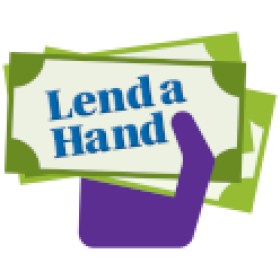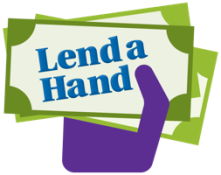
Can a few cents revitalize a community?
Around the world, millions of talents go to waste because people lack the resources to get started. In 2006, Muhammad Yunus won the Nobel Peace Prize for his innovative idea of microlending to help impoverished communities. In this project, students will learn how microlending can be an incredibly powerful force for good. Your class will raise and lend money to entrepreneurs in developing nations who are trying to make a positive impact on the world!
Imagine if thousands of kids just like yours, all around the country, made small investments today that would have an immense impact on communities around the world. What an incredible way to make the world a better place!
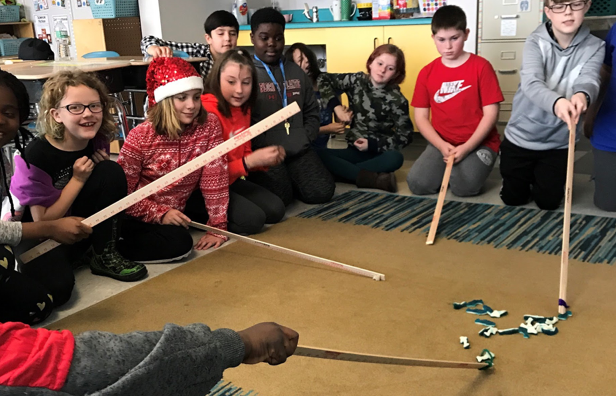
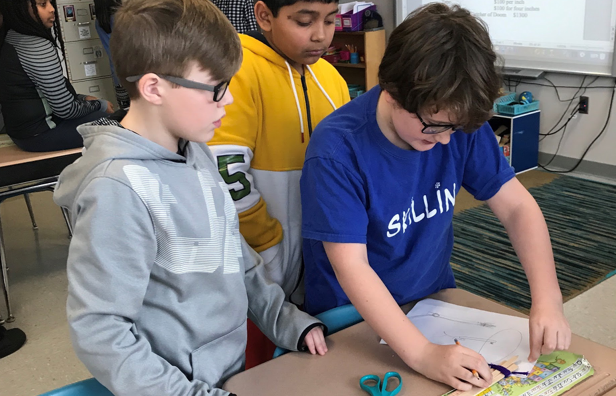
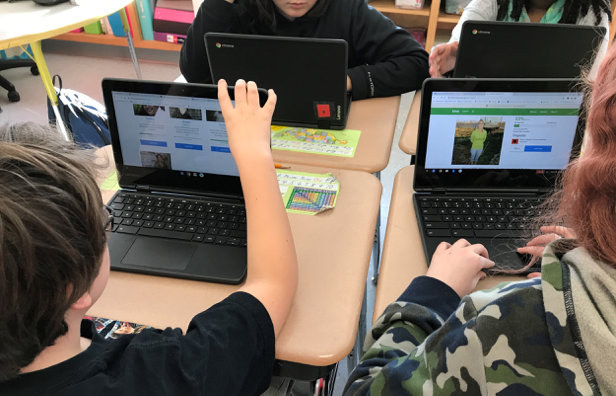
What’s included in your project?
Cross-Curricular Content
Every Blue Apple project provides suggested content correlations to Common Core State Standards, Next Generation Science Standards, and C3 Framework for Social Studies. A featured mini-lesson from each content area is highlighted below along with additional lesson ideas. Not teaching these standards? No problem! Check out the Lend a Hand K-8 content correlation document for additional lesson ideas.
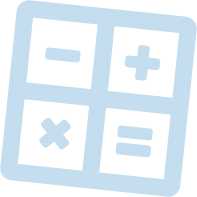
Math
Numerical Expressions
Lesson 4: On the KIVA website, it lists how much each request NEEDS, and how much it still has TO GO. Use this as a springboard for a discussion on numerical expressions. Explore different ways to numerically express how much the requestor has, how much they need, and how much they have to go, including equations that use addition and equations that use subtraction. CCSS.MATH.CONTENT.5.OA.A.2Real-World Graphing
Lesson 4: When looking at multiple KIVA requests, graph them on the coordinate plane. Use the total request for each as the x coordinate, and the amount to go as the y coordinate. Help students construct appropriate scales and discuss patterns in their graphs. CCSS.MATH.CONTENT.5.G.A.2Operations with Decimals
Lesson 8: As students work with their fundraiser, have small groups add up fundraising totals. Find the sum of the small group totals in order to determine the amount raised by your fundraiser. CCSS.MATH.CONTENT.5.NBT.B.7Fraction and Division
Lesson 7: When preparing for your fundraiser, give students hypothetical fundraising totals, and have them use division to calculate what fraction of the need would be met. For example, if you raised $150 out of $600 needed, you would meet 1/4th of the need. CCSS.MATH.CONTENT.5.NF.B.3

English Language Arts
Academic Vocabulary
Lesson 1: While reading 22 Cents, help students use context clues to construct working definitions of key vocabulary by discussing the meaning of key economic terms. CCSS.ELA-LITERACY.RI.5.4Research
Lesson 4: When researching potential donation recipients, students will quickly and effectively identify relevant information and use it to conduct comparisons between different requests. CCSS.ELA-LITERACY.RI.5.7Present an Opinion
Lesson 5: When presenting to celebrity judges, prepare students to support the opinion that their idea would make the best fundraiser. Emphasize logical sequencing of ideas, including supporting facts, and relevant details. CCSS.ELA-LITERACY.SL.5.4Adapt Speech to Context
Lesson 5: When preparing to present fundraiser pitches, emphasize to students the need to adapt speech to formal contexts. Have students generate examples. Have students translate from informal to formal and vice versa. CCSS.ELA-LITERACY.SL.5.6
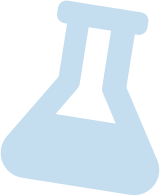
Science
Matter and its Properties
Lesson 1: While playing Fish Out of Water, have students discuss the properties of the materials they can purchase, and debate which properties might be most helpful in their quest to catch the fish. NGSS 5-PS1-3Energy
Lesson 1: When discussing capital goods and natural resources, discuss whether animals have capital goods, or whether they only have natural resources. Discuss how all energy for animals comes from the sun, but that some may use primitive creations to help them use natural resources. NGSS 5-PS3-1Movement of Matter
Lesson 3: When writing puppet skits, remind students to specify a specific scene. The geography, biology, water, and air in a region will contribute to what sorts of businesses a character might be able to create. NGSS 5-ESS2-1Earth and Human Activity
Lesson 4: When considering potential donation recipients, consider the environmental sustainability of each request. Discuss ways that different communities use science to protect resources. NGSS 5-ESS3-1

Social Studies
Variety of Resources
Lesson 1: While reading 22 Cents, have students identify examples of capital goods and natural resources. D2.ECO.3.3-5Financial Institutions
Lesson 3: As you craft your scripts and skits, explore the role that lending and loans can have in helping economic growth. Describe how institutions such as banks can help people overcome obstacles to the creation of helpful businesses. D2.ECO.9.3-5Capital Improvements
Lesson 4: As you explore KIVA stories, look for instances in which individuals have a capital good, but wish to improve upon it. Explain that businesses make capital investments to help them be more productive and profitable. D2.ECO.13.3-5Influence of Environment
Lesson 4: As you explore KIVA stories, discuss ways in which the cultural and physical environment helps or hurts people’s ability to conduct specific kinds of business. For instance, in mountainous regions it may be more difficult to transport goods. D2.GEO.7.3-5

Social Emotional Learning
- Relationship Skills and Social Awareness
Lesson 6: As students work together to plan their fundraiser, they will be handing their ideas over to others and building upon the ideas that others share. This can be a difficult process for students, but offers an exciting way to explicitly teach relationships skills and social awareness.
Not teaching these standards?
No problem! Check out the Lend a Hand K-8 content correlation document for additional lesson ideas.
Each Blue Apple Project Includes:

- Engaging lessons designed to make learning memorable, meaningful, and fun
- Curated online resources to save you time searching for content
- In-person, virtual, and hybrid options for all learning environments
- Cross-curricular mini-lessons in English-Language Arts, Math, Science, Social Studies, and Social-Emotional Learning
- Videos and contact info provided by real-world experts willing to meet with your students
- Opportunities to collaborate with other classrooms doing the same project
- Free project supplies to get you started right away

